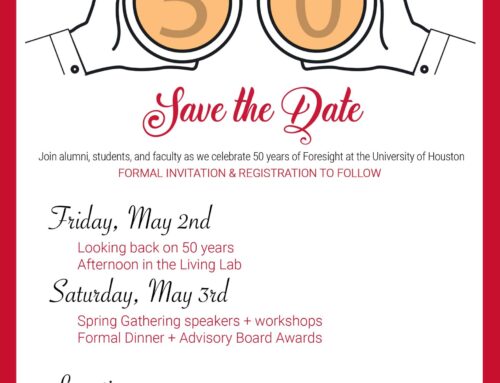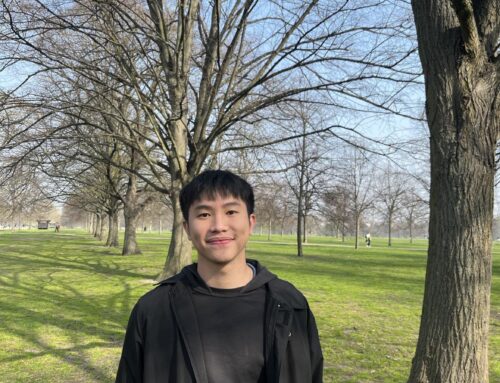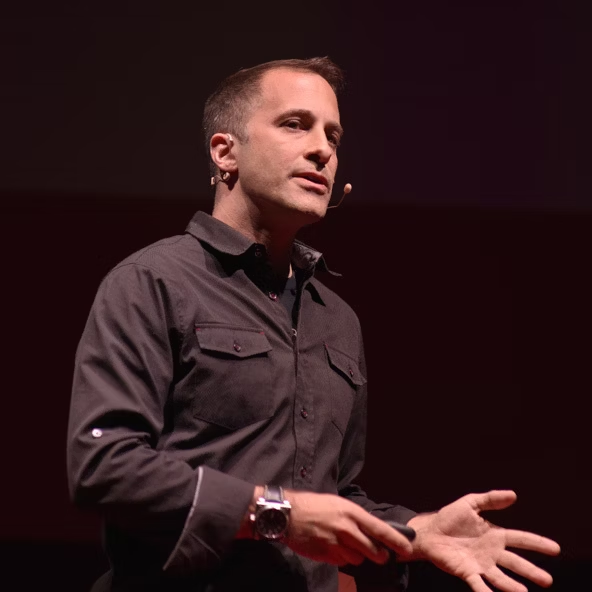The following is a guest blog from Katherine Prince
One Perspective on Becoming a Strategic Foresight Practitioner
@katprince
@knowledgeworks
Soon after I joined KnowledgeWorks, an education-focused operating foundation, I attended an all-staff presentation on the 2006-2016 Map of Future Forces Affecting Education that the we had commissioned from the Institute for the Future. I knew that organizations sometimes engaged in scenario planning, but I had no idea what that really entailed or that there was an entire discipline of strategic foresight. My first impression of our forecast was that it resembled a dystopian novel. I knew nothing about how to make sense of the future.
Thankfully, others at KnowledgeWorks knew more about the map and started sharing it with education stakeholders widely. Over the years, our future of learning program area grew deeper and broader as we cultivated audiences for our publications, learned more about engaging people in applying insights from them to their contexts and developed our organizational capacity in strategic foresight. A key step along the journey was to move beyond seeing a forecast simply as a product and to understand the kinds of processes and thinking that a look into the future can inspire.
I have been fortunate to have been part of that journey. I have had the opportunity to learn about strategic foresight and to grow into leading KnowledgeWorks’ ongoing exploration of the future of learning. Now, we publish comprehensive 10-year forecasts every three years. In between, we publish deep dives into specific topics, strategy guides for shaping the future of learning and other resources designed to engage education stakeholders in grappling with issues on the horizon and pursuing their preferred futures. We also regularly engage education stakeholders in applying insights about the future to their contexts.
Recently, I got to share about our organizational journey with strategic foresight, and my parallel professional learning journey, in an On the Horizon article, “Education futures: balancing the familiar and the unknown.” These journeys may help you or your students explore one of the many ways in which people and organizations can put the discipline of strategic foresight into practice.
If you have access to the journal, the article chronicles some of the challenges and successes that KnowledgeWorks has experienced over the past 14 years. Engaging in publicly available foresight may not be for everyone, but practitioners in many contexts must steward their approaches through changing climates and contexts. I hope the article will help other strategic foresight practitioners consider ways of setting up and maintaining a successful strategic foresight practice. I would welcome your thoughts on that topic as well.
Katherine Prince works as Vice President, Strategic Foresight at KnowledgeWorks. Learn more at KnowledgeWorks.org or contact Katherine at princek@knowledgeworks.org.





